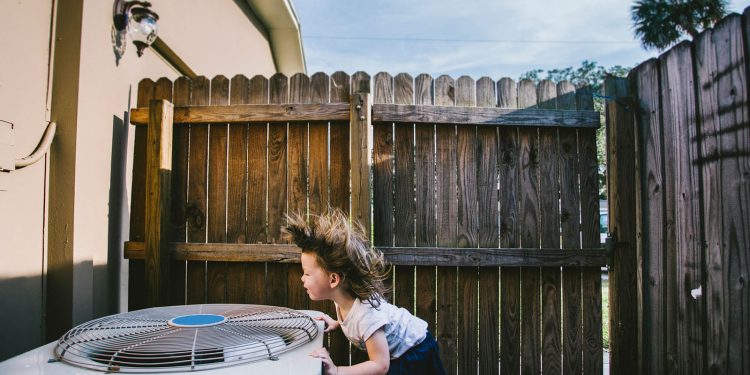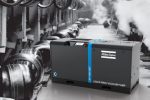Types of Heating and Cooling Solutions

Heating and cooling systems are vital throughout the building design of a building for the complying with reasons:
-
- The success of an HVAC system is straightly related to the structure’s comfort levels
- Heating and cooling systems require considerable floor area for housing the unit/units as well as the circulation tools
- AC devices needed substantial financial investment
- Cooling and heating systems form a large part of the building general expenses
- There are a number of heating and cooling systems used in buildings
Below, we will provide a couple of kinds typically used in industrial structures. This is not an extensive listing of all variants existing in structures.
If you require residential and commercial service for your air conditioning, please visit the link.
The sorts of HVAC systems in industrial buildings can be separated right into three wide groups:
- Centralized: As the name indicates, a central system is a solitary system that provides the AC needs of the building. The centralized system is typically situated in a single area. These systems are combined devices and normally utilize water as a cooling tool as well as usage substantial ductwork for air distribution. The benefits of the central system are better to manage, as well as have the higher load-management possibility. The significant negative aspect is these are expensive to install as well as are more advanced to run as well as preserve.
- Packaged: Packaged heating and cooling systems are commonly used in structures without ample room for all the separate elements. Packaged home heating, as well as cooling systems, are offered with each other in one packaged unit. Packaged HVAC systems usually include the following:
- The air conditioner/heat pump together with the fan/evaporator coil in one system
- Thermostat/control user interface for complete control of the system
- Optional air quality improvers. Points like the air cleaners, ventilators, or UV lamps, which tailor towards making the air extra clean prior to it distributes your office or home
- Individual: Decentralized or individual systems offer energy using different specific systems in various places of a building. Instances of self-supporting device bundles are rooftop cooling and heating systems, cooling units for rooms, as well as air-to-air heating units
The advantages of specific units are they are simple to regulate as well as have reduced financial investments initially. Nevertheless, in large buildings, specific systems can end up being a maintenance nightmare if you have several systems dispersed throughout the structure. It is necessary to combine systems that are most likely to leakage or damage, as well as costly to replace, and distribute the various other things like fans, as well as incurable devices.
If you want to hire expert technicians, please follow the link.






